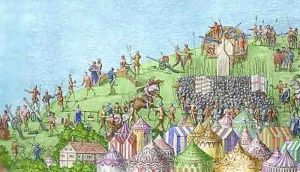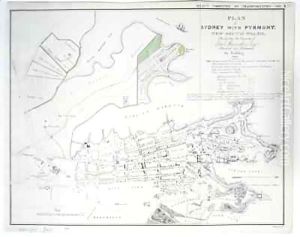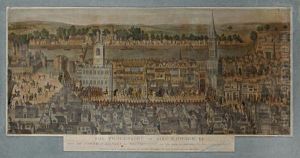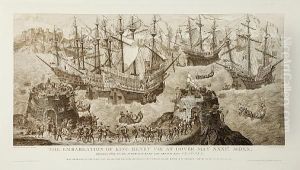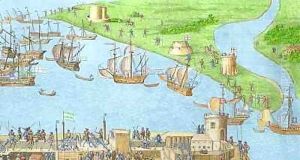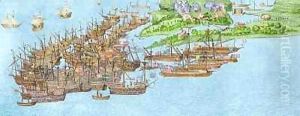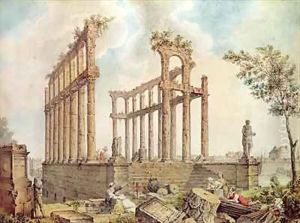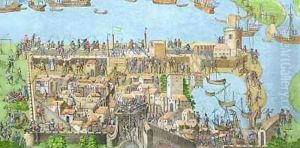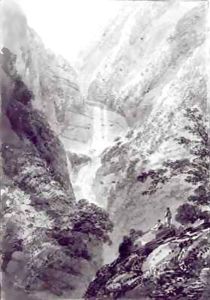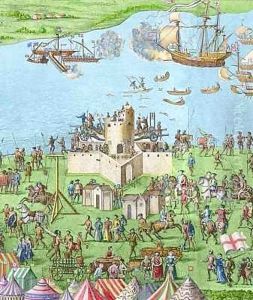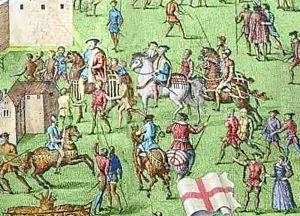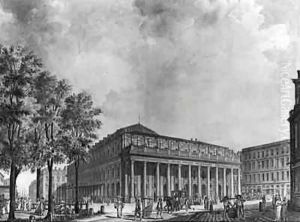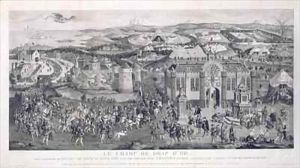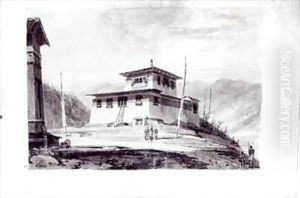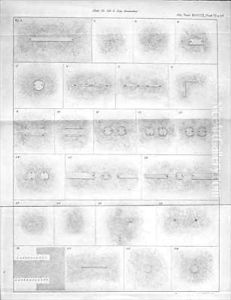James Basire Paintings
James Basire, born in 1730, was a prominent English engraver of the 18th century, known for his precise and detailed works. He came from a family with a tradition in engraving, which set the stage for his future career. Basire was apprenticed to Richard William Seale, a notable engraver of the time, which helped him develop his meticulous engraving skills. Over his career, he became well-regarded for his ability to capture intricate details, making his works highly sought after for reproductions of paintings and for illustrations in books.
His reputation led him to become the official engraver to the Society of Antiquaries of London, a position that significantly influenced his artistic direction. In this role, he was tasked with engraving various historical and architectural subjects, contributing to the preservation of Britain's antiquities through his detailed plates. These works were essential in documenting many architectural and historical sites and objects, some of which no longer exist or have since changed significantly.
Among his notable projects was the engraving of the medieval wall paintings in St Stephen's Chapel, Westminster, which had been uncovered in the late 18th century. His engravings of these paintings are some of the only surviving records after the original frescoes were destroyed. Basire also taught several apprentices, the most famous of whom was William Blake, who would go on to become one of the most visionary artists and poets of the era. Blake's apprenticeship under Basire from 1772 to 1779 was influential in his development as an artist, particularly in his detailed and imaginative illustrations.
James Basire's work is characterized by its precision and attention to detail, qualities that made him a central figure in the world of 18th-century engraving. He passed away in 1802, leaving behind a legacy of works that continue to be appreciated for their historical and artistic value. His contribution to the arts, especially in the field of engraving and the documentation of historical artifacts and sites, remains significant.
